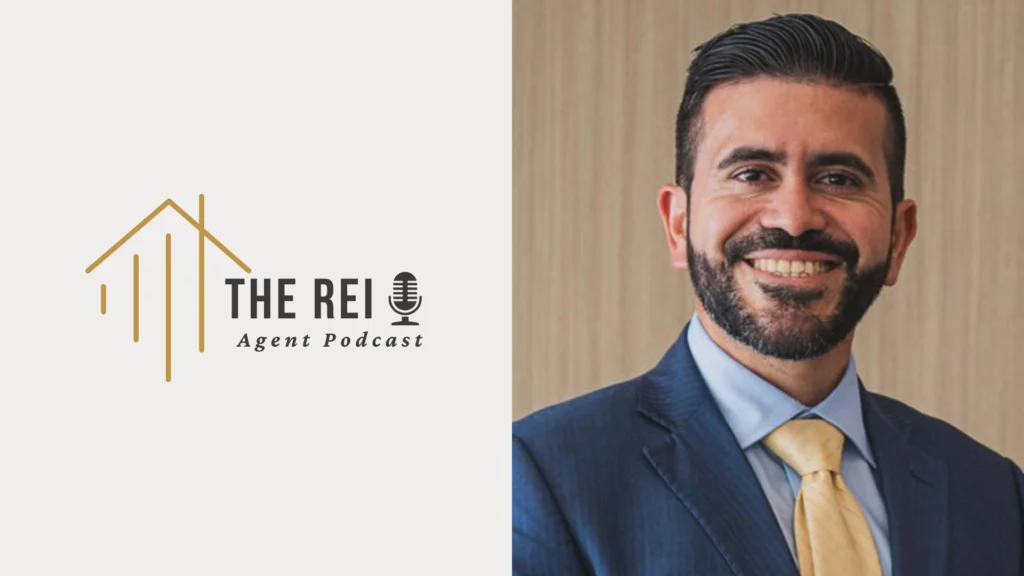Introduction: Discovering the 1031 Exchange Subheading
Imagine discovering a rare diamond buried in your backyard, offering untapped potential for future prosperity.
That's what the 1031 exchange can be for real estate investors—a hidden gem enabling you to defer capital gains taxes and reinvest gains without immediate financial burdens.
By conserving your cash flow, it facilitates strategic portfolio diversification and exponential wealth growth.
However, like any rare find, it comes with complexities and criteria that you must navigate carefully.
You might wonder, what are the steps to access this gem's full value while avoiding common pitfalls?
Let's explore further.
Understanding 1031 Exchange Basics
When it comes to real estate investing, a 1031 exchange can be a powerful tool to defer capital gains taxes. Imagine the potential of reinvesting your gains into new properties without the immediate tax burden. This method not only amplifies your investment potential but also enhances wealth accumulation.
To harness this opportunity, you need to understand two essential aspects: qualifying properties and exchange timelines.
Qualifying properties are the cornerstone of a successful 1031 exchange. The properties you sell and purchase must be "like-kind," meaning they're used for business or investment purposes. This doesn't mean they need to be identical, but they should be similar in nature or character. Think of it as swapping a rental apartment for a commercial building. As long as both are investment properties, you're on the right track.
Exchange timelines are just as significant. Once you sell your property, you've got 45 days to identify potential replacement properties. The pressure might feel intense, but this timeline guarantees you act decisively.
Then, you have 180 days from the sale to close on the new property. Staying organized is key here. By keeping these timelines in check, you'll navigate the 1031 exchange process with confidence and clarity, turning your investment dreams into reality.
Benefits of Tax Deferral
While diving into real estate investments, understanding the benefits of tax deferral through a 1031 exchange can greatly enhance your financial strategy.
Imagine boosting your investment growth while keeping more money in your pocket. That's the magic of tax savings through a 1031 exchange. By deferring capital gains taxes, you can reinvest all your profits into a new property, allowing your investments to flourish.
Here's how it benefits you:
- Tax Savings: By deferring taxes, you delay paying capital gains, which means more funds are freed up for other investments. This can considerably elevate your investment portfolio over time.
- Investment Growth: With more capital to reinvest, your wealth has the potential to grow exponentially. This snowball effect can lead to greater returns, helping you build a robust real estate empire.
- Cash Flow: By deferring taxes, you maintain better cash flow. This provides flexibility, allowing you to seize new opportunities and make strategic financial planning decisions with confidence.
Embrace these benefits and watch your financial dreams take flight.
As you strategically plan your investments, the power of tax deferral through 1031 exchanges can be a game-changer, propelling you toward your goals. By deferring capital gains taxes, a properly executed 1031 exchange allows you to reinvest the full proceeds from the sale of an investment property into a new asset, maximizing your purchasing power. This 1031 exchange taxsaving strategy enables investors to grow their real estate portfolios more efficiently over time while postponing tax liabilities. Ultimately, this approach can accelerate wealth accumulation and help you achieve long-term financial goals.
Criteria for Like-Kind Properties
Maneuvering the criteria for like-kind properties in a 1031 exchange is essential to maximizing the tax advantages available. When you're on the path of identifying properties, keep in mind that like-kind doesn't mean identical. Instead, it refers to the nature or character of the property, not its grade or quality.
This broad definition means you can exchange a wide range of real estate types—like swapping an apartment building for a strip mall or even vacant land for an office complex. The key is that both properties must be held for business, trade, or investment purposes, marking them as qualifying investments.
Embrace the flexibility of these exchanges, as they empower you to diversify or consolidate your real estate portfolio without immediate tax burdens. Imagine this: you're given a chance to let your investments evolve, keeping pace with your ambitions and market trends.
It's like swapping puzzle pieces to fit your vision of financial success. When you grasp this criterion, you open doors to financial strategies that align with your long-term goals, fostering growth and prosperity. By understanding these guidelines, you're not just trading properties; you're crafting a pathway to a more prosperous future.
Steps to Execute a 1031 Exchange
Understanding the criteria for like-kind properties provides a strong foundation for commencing the steps to execute a 1031 exchange.
You've got this! Now, let's plunge into the steps with clarity and purpose. Charting a course through a 1031 exchange can be complex, but with the right approach, it becomes manageable and rewarding.
Here's how to get started:
- Identify Your Replacement Property: Timing considerations are essential. You have 45 days from the sale of your current property to identify potential replacements. Be proactive and strategic in your selection to guarantee a smooth changeover.
- Engage a Qualified Intermediary: A qualified intermediary acts as the middleman, holding the sale proceeds and guaranteeing compliance with IRS regulations. Selecting a reliable intermediary is fundamental; they'll guide you through the intricate process and help you avoid pitfalls.
- Complete the Exchange Within 180 Days: From the day your original property is sold, you've got 180 days to close on your replacement property. Stay organized and focused to meet this deadline, as missing it could cost you the tax deferral benefits of the exchange.
With determination and the right steps, you'll master the 1031 exchange process, revealing its full potential.
Common Mistakes to Avoid
Maneuvering the 1031 exchange can feel like walking a tightrope, where even minor missteps can lead to significant consequences. You need to understand that timing errors are the biggest potholes on this path.
Timing is everything in a 1031 exchange. The IRS gives you 45 days to identify potential replacement properties and 180 days to complete the purchase. Missing these deadlines can derail your tax-deferral dreams, so stay on top of the clock and plan meticulously.
Another vital element is using qualified intermediaries. They aren't just a formality—they're essential. You can't touch the proceeds from the sale of your old property. Doing so means you'll face taxes.
Instead, these intermediaries handle the funds, ensuring you comply with IRS rules. Choose an experienced professional who's well-versed in 1031 exchanges, because their expertise can guide you through the process and prevent costly mistakes.
Approach each step with care, and never take the process lightly. Your attention to detail and commitment can save you from pitfalls.
Conclusion
Unlock the Potential of Your Real Estate Investments
Are you ready to tap into the full potential of your real estate investments?
By mastering the 1031 exchange, you're not just deferring taxes.
You're paving the way for exponential growth and strategic diversification.
Imagine reinvesting your gains into new properties without immediate tax burdens.
It's more than a tax strategy; it's a pathway to achieving your long-term financial dreams.
Embrace this hidden gem and watch your portfolio flourish like never before.
Take action now and unlock the future of your financial success!





















